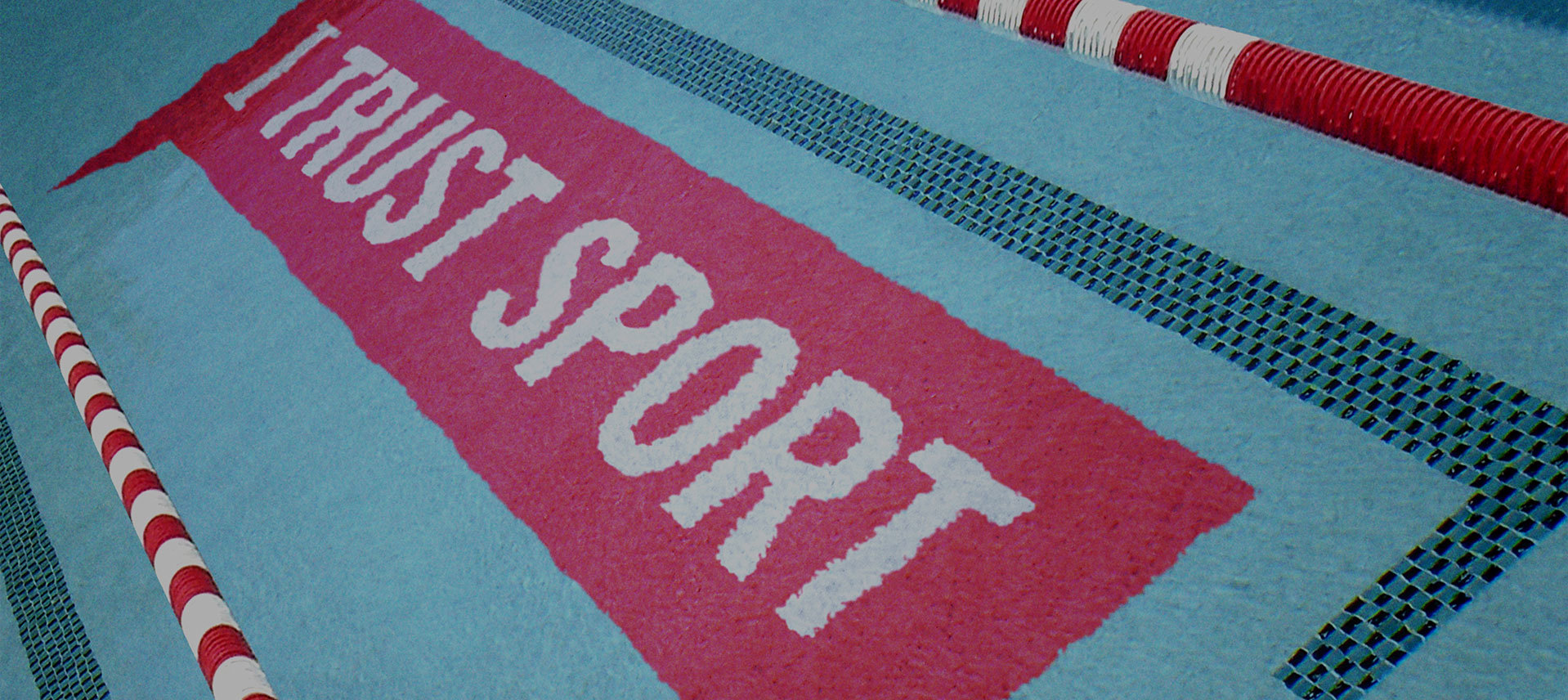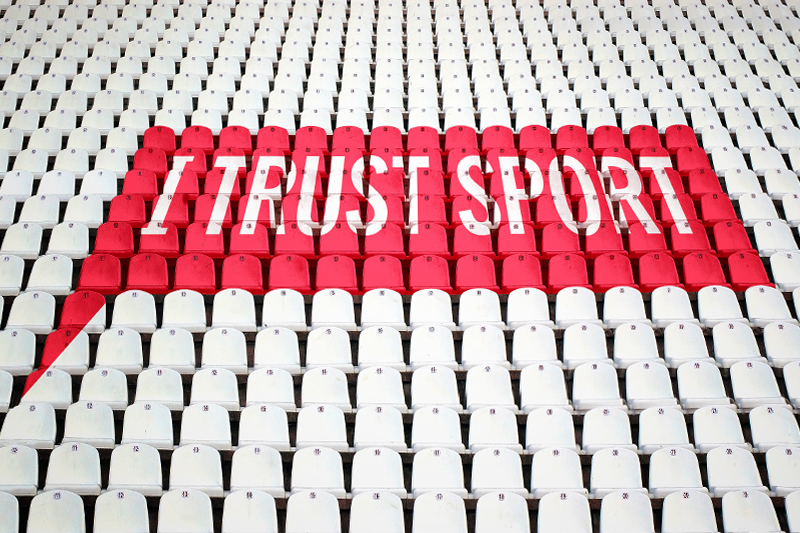What is the issue?
At its heart, competitive sport consists of a contest between people who agree to abide by the same rules. The concepts of fairness and ethical principles are intrinsic to sport and are explicitly set out in the International Olympic Committee’s Olympic Charter. Using drugs to assist performance is regarded as cheating – a form of sport corruption - and against the spirit of sport. In addition, doping may be damaging to the athlete’s health.
There are different points of view regarding the ethics of doping. For example, it can be argued that advanced equipment confers an advantage in the same way as drugs, or that special techniques can be used which have an effect similar to illegal drugs, such as training at high altitude. However, the rules are clear about doping and all athletes who seek to participate in elite competition have to accept them. Frequent scandals and cases have highlighted the prevalence of doping and there is no serious movement to remove anti-doping rules. Instead, debate focuses on the difficult issue of how best to implement the rules and, to a lesser extent, on precisely which substances and methods should be banned.
Definitions
The rule violations that the World Anti-Doping Agency (WADA) defines can be summarised as:
- Presence of prohibited substances in an athlete’s urine or blood sample
- Using a prohibited substance or method
- Evading an anti-doping test
- Possession or handling of a prohibited substance or prohibited method
- Assisting others with an anti-doping violation, or associating with a person who has violated the anti-doping code
WADA annually publishes a Prohibited List of substances and methods. Examples include:
- Anabolic agents
- Erythropoiesis-Stimulating Agents (e.g. EPO)
- Diuretics and masking agents
- Certain techniques for blood manipulation
- Tampering with samples
- Gene doping
- So-called “recreational” drugs such as heroin and cannabis
What is the response?
WADA was established in 1999 as an international independent regulator composed and funded equally by the sport movement and governments.
Its key activities include scientific research, education, development of anti-doping capacities, and monitoring of the World Anti-Doping Code – the document harmonizing anti-doping policies in all sports and all countries.
The Olympic Charter cites one of the IOC’s roles as “to lead the fight against doping in sport” and explains that the “World Anti-Doping Code is mandatory for the whole Olympic Movement”. In addition, many non-Olympic sports have also adopted the Code, such as the International Cricket Council.
Numerous sports organisations at international and national level are responsible for running anti-doping initiatives. For example, World Rugby operates an extensive anti-doping testing and education programme and National Anti-Doping Organisations (NADOs) conduct a large volume of testing worldwide.
The International Testing Agency (ITA) was established in Switzerland in 2018 with the aim of becoming the world leader in delivering anti-doping programmes for sport. A number of International Federations have signed agreements for the ITA to implement their anti-doping programmes.
Testing procedures, rules and compliance processes are highly detailed. Consult WADA or individual sports organisations for details. Many organisations run anti-doping education programmes for athletes and others involved in sport.
The World Anti-Doping Code sets out the sanctions for rule violations. It provides for suspension of 1 year, 2 years, 4 years or up to a lifetime, depending on the circumstances. There is the possibility of a reduction in the period of suspension if the individual provides substantial assistance relating to a breach of the rules by somebody else. An athlete’s historic results over a period of time may be annulled and financial penalties can also be imposed. WADA also monitors the compliance of the organisations which are signatories to the Code, such as International Federations, National Olympic Committees, National Anti-Doping Organisations and others.
There is a never-ending race between those willing to help athletes cheat by exploiting medical advances and the drug testing technology. WADA and others conduct research to improve testing procedures for existing and new substances thought to improve performance.
I Trust Sport view
Sports governance agency I Trust Sport believes that the fight against doping is one of the highest priorities for safeguarding the future of sport. Implementing best practice anti-doping programmes is a necessarily complex and expensive process, requiring the latest medical testing technology, sophisticated logistics, rigorous legal processes and the political will to sanction those found to have breached the Code. Even if significantly more funding becomes available in future, it is unlikely that the financial resources and qualified staff will be sufficient to run fully comprehensive anti-doping programmes.
I Trust Sport believes that these are some of the current priorities for anti-doping programmes:
- Quality over quantity – testing resources should be disproportionately allocated to the sports, disciplines and even countries where problems are suspected to be most prevalent
- Intelligence gathering to supplement testing – several of the most prominent doping cases have been uncovered as a result of information provided by whistleblowers rather than through anti-doping testing. It makes sense to increase the proportion of resources to gathering intelligence in this way, including the involvement of law enforcement agencies when necessary. Proper protection of whistleblowers is an essential but difficult task which needs to be addressed
- Respect athletes’ rights – while athletes have to agree to undergo anti-doping testing in order to compete (and several athletes have spoken up when they think they are not being tested enough), testing regulations must be proportionate and effective, respecting the rights of athletes and allowing them a prominent voice in the debate
- Funding – governments have often been slow to pay their share of the funding needed for anti-doping programmes. Governments, the Olympic Movement and responsible sponsors have a duty to pay more to protect the clean sport from which they hope to benefit
- Independence – too often national or international sports bodies and even governments have seemed unwilling to sanction their own stars. Testing and sanctioning should be conducted independently of sporting bodies. The creation of the International Testing Agency is a promising step
- Testing of historic samples – samples taken at the Olympic Games are frozen and can be re-tested years later, when the science may have improved. This is surely a strong disincentive and should be adopted more widely as a policy
- Clearer accountability – the allocation of responsibilities among the multiple international and national actors in anti-doping is confusing. If the ultimate ‘beneficiaries’ of the anti-doping regime are identified – athletes, the wider public, and/or another group - then the institutional structure of the anti-doping regime can take account of their views. This would include defining more precisely the role and scope of each stakeholder
Please note that this is a summary of a complex topic and is not intended to be fully comprehensive. It is essential for athletes, coaches, officials and others involved in sport to study official sources such as WADA carefully to ensure they understand their rights and responsibilities with respect to anti-doping. Feel free to contact us with any corrections or comments on the material above.
See also I Trust Sport’s resources page.
Updated December 2018.

